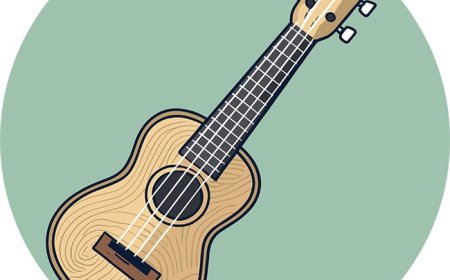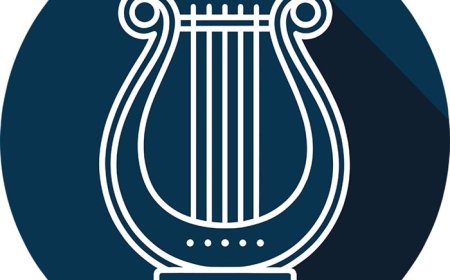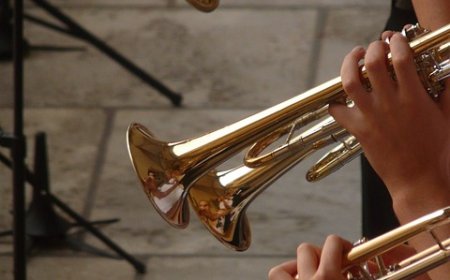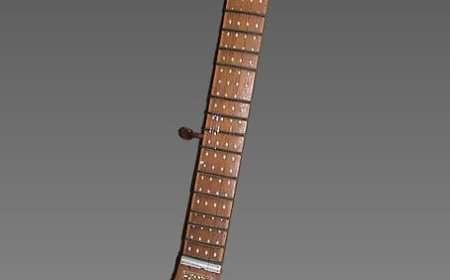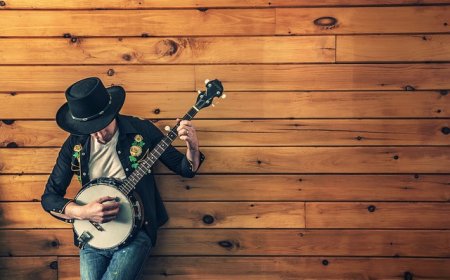Clavichord Facts for Kids – Learn About This Historic Keyboard Instrument
Discover clavichord facts for kids. Learn how this early keyboard instrument works, its role in music history, and why composers like Bach used it to create beautiful music.
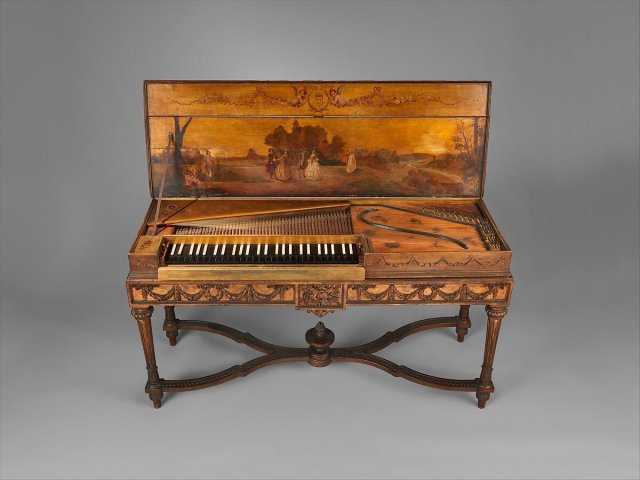
🎼 All About the Clavichord
🥇 Introduction
The clavichord is a small, simple keyboard instrument that makes a soft, gentle sound. Though not very loud, it was loved by musicians and composers in the Baroque and Classical periods because it allowed for real expression and dynamics-meaning players could shape their sound with light or strong touches. The clavichord came before the piano and helped pave the way for more advanced keyboard instruments.
🎶 What Is a Clavichord?
A clavichord is a rectangular keyboard instrument that creates sound by striking strings with metal blades called tangents. It's known for its quiet tone and ability to create small variations in volume and pitch-something most other early keyboard instruments could not do.
Because of its soft volume, the clavichord was not used in concerts or large rooms. Instead, it was perfect for home practice, teaching, composing, and intimate music-making.
Even though it doesn't look like a grand piano, the clavichord has a key feature in common with it: it responds to touch, making it feel personal and expressive.
🧩 Parts of the Clavichord
The clavichord is a simple yet clever instrument. Each part has a role in producing its light but expressive tone:
-
Keyboard - The set of keys the player presses to make notes
-
Strings - Metal wires that vibrate to create sound
-
Tangents - Small upright metal blades that strike the strings when a key is pressed
-
Soundboard - A wooden board that helps project the sound
-
Case - A rectangular wooden box that contains the inner parts
-
Bridges - Help transmit the string's vibrations to the soundboard
-
Dampers - Stop the strings from ringing when a key is released
Many clavichords use paired strings, where one set of strings plays more than one note-this is called a fretted clavichord.
⚙️ How Does the Clavichord Work?
The clavichord is unique because it is both a struck-string and fretted instrument. When a player presses a key:
-
The back of the key lifts a small metal tangent.
-
The tangent strikes a string and stays in contact with it as long as the key is held.
-
The string vibrates between the tangent and the bridge.
-
The sound travels to the soundboard, which gently amplifies it.
The amount of pressure the player uses affects the volume and tone-something that isn't possible on most other early keyboard instruments. The clavichord can even create a vibrato-like effect called bebung by gently rocking the key while holding it down.
📜 History of the Clavichord
The clavichord was first used in Europe during the 1300s, but it became popular in the 1400s-1700s, especially in Germany and Scandinavia. It was used by composers and teachers for its simplicity, portability, and expressiveness.
By the 1600s and 1700s, it was a favorite practice instrument for musicians-even famous composers like J.S. Bach used it regularly. As the piano became more popular in the late 1700s, the clavichord was slowly replaced, but it never disappeared.
In the 20th century, musicians began to play early music on historical instruments again, and the clavichord returned to classrooms and performances focused on Baroque and Classical styles.
🥁 Famous Clavichord Players
Here are some of the musicians who played or helped preserve the clavichord:
-
Carl Philipp Emanuel Bach - Son of J.S. Bach, he loved the clavichord for its expressive power
-
Johann Sebastian Bach - Known to have composed and practiced on the clavichord
-
Frederick the Great - King of Prussia and amateur musician who owned several clavichords
-
Ralph Kirkpatrick - A 20th-century musician who helped revive interest in the clavichord
-
Christopher Hogwood - Conductor and performer known for historical keyboard music
These musicians used the clavichord to bring emotional depth to their playing, even without loud volume.
🎶 Learning to Play the Clavichord
Learning the clavichord is a great way to understand how touch can change sound. Because it's so soft, students must listen closely and play carefully. It's a good instrument for developing sensitive finger control.
Students will learn:
-
How to press the keys gently for tone and loudness
-
Proper hand position and technique
-
How to use bebung (vibrato) for expression
-
Reading Baroque and Classical music
-
Practicing without needing a loud instrument
The clavichord is also great for people who live in small spaces or need a quiet practice instrument.
😄 Fun Facts About the Clavichord
-
The clavichord is quiet enough that only people in the same room can hear it.
-
It's one of the only early keyboards that lets you bend pitch slightly-like a guitar!
-
The word "clavichord" comes from Latin words meaning "key" (clavis) and "string" (chorda).
-
Clavichords were often kept in the homes of royalty, musicians, and scholars.
-
Some clavichords have a special vibrato technique called bebung, made by rocking the finger on the key.
-
Many composers wrote music that sounded best on the clavichord, not the harpsichord or organ.
👧 Kid-Friendly Summary
The clavichord is a small keyboard instrument that makes a soft, pretty sound when you press its keys. It was used hundreds of years ago by composers like Bach. It's not loud like a piano, but it lets you play music with lots of feeling. You can even make the sound wiggle a little bit, just by moving your finger!
📚 Vocabulary Words
Clavichord - A quiet keyboard instrument that plucks or strikes strings with metal tangentsTangent - A metal piece that hits the string when a key is pressedSoundboard - A wood surface that makes the sound louderFretted Clavichord - A clavichord where one string is shared by more than one keyManual - The keyboard of a clavichord or other keyboard instrumentBebung - A vibrato effect made by rocking the finger on a keyDampers - Felt pieces that stop the string from vibratingExpression - How a player changes the sound to show emotion or feeling
❓ Interactive Quiz
1. What kind of instrument is the clavichord?
A. Brass
B. Keyboard
C. String only
D. Woodwind
2. How does the clavichord make sound?
A. Air flows through pipes
B. A plectrum plucks the string
C. A hammer hits a string
D. A tangent strikes and holds the string
3. What makes the clavichord special compared to other early keyboards?
A. It can play loud music
B. It is the largest instrument
C. It responds to touch and expression
D. It uses foot pedals
4. What is “bebung”?
A. A type of music
B. A rhythm pattern
C. A special vibrato on the clavichord
D. A metal bridge
5. Which famous composer used the clavichord?
A. Johann Sebastian Bach
B. Ludwig van Beethoven
C. Taylor Swift
D. Miles Davis


















































